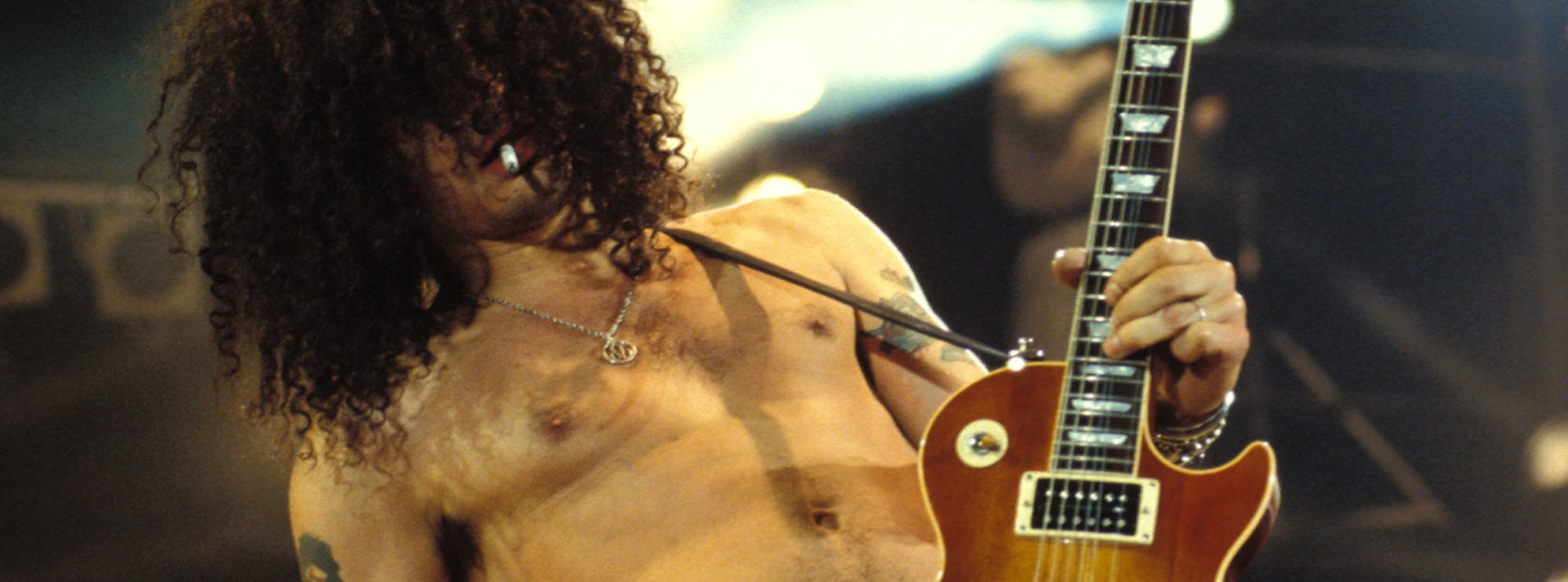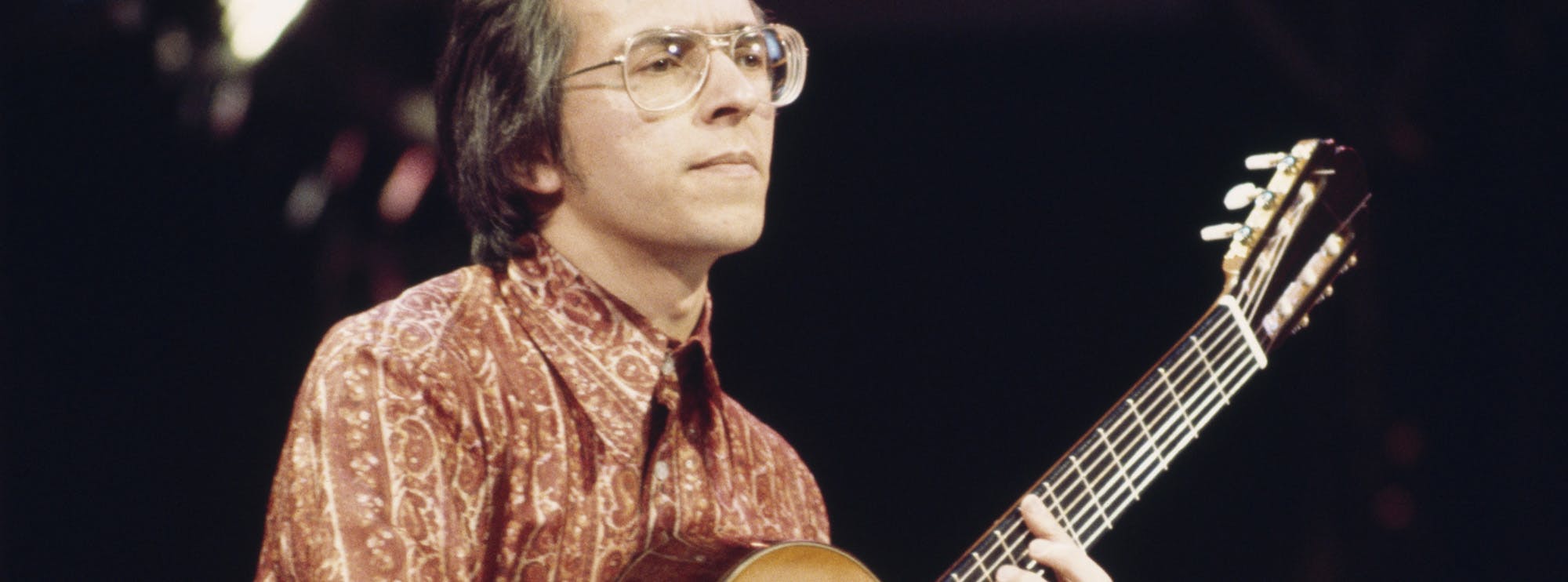Tommy Gun by The Clash
Licklibrary presents a note-for-note guitar lesson on "Tommy Gun" by The Clash, an iconic song that blends punk energy with driving rhythms and sharp, aggressive guitar work. This lesson breaks down the techniques used in this song, exploring both fundamental and intermediate methods essential for mastering the song's style. From its propulsive rhythm guitar to its melodic touches, "Tommy Gun" is a great lesson in combining technique with punk attitude. Michael Casswell breaks down this classic track in this exclusive Lick Library video tutorial.
About the Guitarists in "Tommy Gun"
"Tommy Gun" features the talented guitar work of Mick Jones, one of punk rock’s most influential guitarists. Known for his raw sound and fierce attack, Jones shaped the sound of The Clash with his creative approach to punk guitar, often incorporating elements of reggae, rock, and even hints of jazz. His influence stretches beyond punk rock, inspiring generations of guitarists with his innovative riffing and melodic touches. In "Tommy Gun," Jones's playing delivers a relentless energy, using a variety of techniques that this lesson will cover, including power chords, slides, and syncopated rhythms.
Lesson Breakdown
This lesson on "Tommy Gun" is divided into sections that focus on key guitar techniques used by Mick Jones. Each technique is essential for capturing the spirit of the song, as well as building skills for a wide range of rock and punk music. Below, you'll find a breakdown of each technique taught in the lesson and the benefits of learning them.
Power Chords
Power chords are the cornerstone of "Tommy Gun." This song uses power chords extensively, driving the rhythm with simplicity and power. Power chords are fundamental for playing punk rock and give guitarists the ability to create a full, aggressive sound with minimal finger movement.
Learning power chords helps build hand strength and finger control, allowing you to play confidently across multiple styles of rock and punk music. They’re also an excellent introduction to playing chords that involve muted strings for added texture.
Slides
Slides are used in "Tommy Gun" to transition between chords and add a smooth yet dynamic feel to the riffing. Slides are performed by pressing down on the string and sliding the finger up or down the fretboard to reach a new note or position.
Learning slides develops your hand coordination and is useful for moving between notes or chords smoothly. Slides add a gliding effect to your playing, making transitions seamless and allowing for greater expressiveness in lead and rhythm parts.
Syncopated Rhythms
The main rhythm in "Tommy Gun" relies on syncopated rhythms that create a sense of urgency and movement. Syncopation shifts the emphasis onto off-beats, giving the music a more unpredictable, lively feel. This technique is essential to punk rock and helps build rhythm precision.
Practicing syncopated rhythms improves your sense of timing and rhythm, helping you to internalise different rhythmic patterns and become a more versatile player. It’s particularly useful in punk, ska, and reggae, where irregular rhythms drive the music forward.
String Bending
Although subtle, "Tommy Gun" incorporates some string bending to add expressiveness to the melody. String bending is achieved by pushing or pulling a string sideways on the fretboard to raise the pitch, which can be used to emphasise notes in solos or lead parts.
Learning string bending enhances your pitch accuracy and adds a soulful quality to your playing. Bends are great for adding emotion and character to your lead lines, making your solos sound more vocal and expressive.
Palm Muting
Palm muting is frequently used in the song’s rhythm sections, adding a percussive element that sharpens the attack of each chord. By resting the side of your hand lightly on the strings near the bridge, you can achieve a muted sound while strumming or picking.
Mastering palm muting gives you control over your sound dynamics, allowing you to alternate between muted and open tones. This technique is invaluable in rock, punk, and metal for creating rhythmic variety and tension.
Barre Chords
Barre chords appear throughout "Tommy Gun" and are essential for transitioning between different chord shapes without losing momentum. Barre chords involve pressing down multiple strings with one finger, allowing you to move up and down the neck with ease.
Learning barre chords strengthens your hand muscles and increases dexterity, enabling you to play any chord shape across the fretboard. This technique is foundational for rhythm guitarists, especially in rock and punk genres.
Vibrato
In some sections of "Tommy Gun," subtle vibrato adds a touch of character to held notes. Vibrato involves oscillating the pitch of a note by gently bending and releasing the string, adding expressiveness and sustain.
Practicing vibrato improves your control over sustained notes, giving them a warmer, more human feel. It’s especially useful for making lead parts sound more emotional and resonant.
Guitar Techniques Used in This Lesson
Each technique covered in this lesson is crucial for mastering "Tommy Gun" and will also benefit guitarists exploring other styles of rock and punk music. Below is a list of guitar techniques taught in the lesson, each linked to its respective glossary entry for further learning:
With this lesson, you’ll gain the skills needed to capture the essence of "Tommy Gun" while building a strong foundation in rock and punk guitar techniques. Each technique will not only help you play this song authentically but will also broaden your skillset for tackling similar genres.
About The Tutor
Tutor Profile
Michael Casswell
It is with great sadness that we post the news of Michael Casswell's tragic death in a swimming accident while on holiday in Spain. All of us at Licklibrary are shocked and saddened by MIke's passing, and our deepest sympathies go out to his family at this difficult time. Michael...




